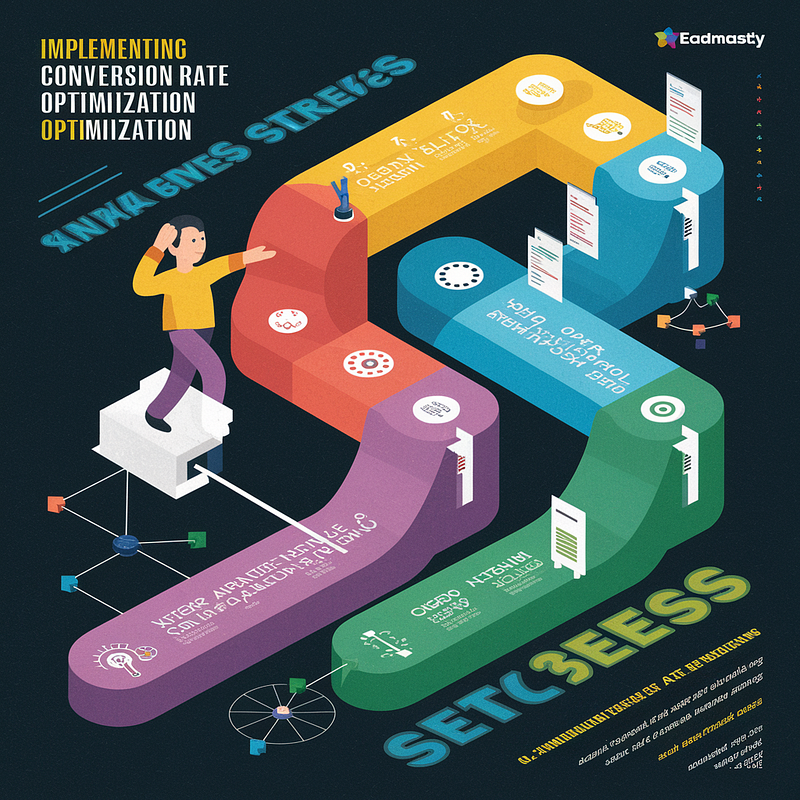In the dynamic world of digital marketing, content marketing remains a cornerstone strategy for...
The Growing Importance of Sustainability in Digital Marketing

Sustainability is reshaping how brands connect with their audience, and Tristate Designs is at the forefront of this shift. With growing awareness of environmental issues, businesses are increasingly integrating green practices into their digital marketing strategies. This shift isn’t just about meeting regulatory requirements — it’s about aligning with the values of consumers who prioritize the planet. Digital marketers now have a powerful role in promoting sustainability, making it a cornerstone of their brand story.
This blog explores why sustainability is more than just a trend in digital marketing and how brands can integrate eco-friendly strategies to resonate with a growing audience of conscientious consumers.
1. Consumer Demand for Green Practices
The digital age has given consumers a platform to voice their values, with sustainability being a key concern. Today’s buyers are not only interested in what products can do but also how they are made, sourced, and marketed. Reports indicate that over 70% of consumers prefer brands committed to sustainability. This shift is prompting digital marketers to rethink their strategies and embrace greener practices, such as reducing digital waste, optimizing websites for energy efficiency, and promoting environmentally friendly products.
2. Digital Carbon Footprint: A Hidden Challenge
Most people are unaware of the carbon footprint associated with digital marketing. From data storage to email campaigns, every online activity consumes energy. For instance, sending a standard email emits about 4g of CO2, and it rises when we factor in video content, which is a heavy data user. Marketers need to assess the carbon footprint of their campaigns and look for ways to reduce it, such as optimizing data storage and using renewable energy-powered servers.
3. Leveraging Green Content Marketing
Content marketing is at the heart of digital marketing strategies, and it can be a powerful tool for promoting sustainability. Brands can create engaging content around green initiatives, educate consumers on sustainable choices, and highlight eco-friendly practices within their business. Incorporating sustainability in blogs, social media posts, and videos helps position brands as leaders in the green movement and builds a loyal community around shared values.
4. Eco-Friendly SEO and Website Optimization
Sustainable digital marketing goes beyond content; it includes optimizing online presence to minimize environmental impact. Sustainable SEO involves creating efficient websites that use less energy by reducing load times, optimizing images, and streamlining code. Tools like Green Web Foundation can help brands choose web hosts that run on renewable energy, further reducing the digital carbon footprint. As a bonus, faster, optimized sites often rank higher on search engines, providing a win-win scenario.
5. The Role of Social Media in Promoting Sustainability
Social media platforms are invaluable for raising awareness about sustainability. Brands can use these channels to share their green journey, engage with eco-conscious audiences, and promote products that support environmental goals. Utilizing platforms like Instagram, TikTok, and LinkedIn to showcase behind-the-scenes green practices — such as waste reduction, ethical sourcing, or sustainable packaging — can drive positive engagement and brand loyalty.
6. Measuring the Impact of Sustainable Digital Marketing
Like any marketing effort, sustainability initiatives should be measured for their effectiveness. Marketers can use analytics to track the success of green campaigns, consumer engagement, and the overall impact on brand perception. Additionally, monitoring the reduction in the digital carbon footprint provides a tangible measure of success. These insights allow brands to refine their approach and continue evolving towards more sustainable practices.
Conclusion
Sustainability in digital marketing is not just a trend; it’s a necessary evolution. By embracing eco-friendly strategies, businesses can align with consumer values, reduce their environmental impact, and build a positive brand image. As digital marketers, it’s our responsibility to drive this change and set a new standard for sustainable marketing practices.


